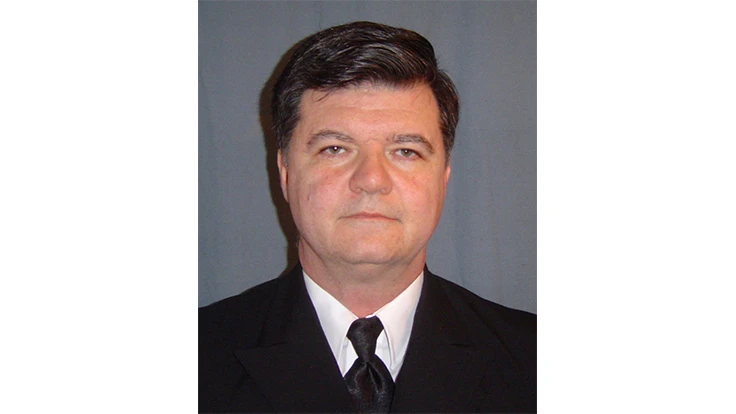
|
|
The mowing season ended with 2,407 hours on my Jacobsen Eclipse 322 gas hybrid greens mower. This is nearly midway through the traditional 5,000-hour life of small engines, like the air-cooled 14-hp Briggs & Stratton Vanguard V-Twin. When I asked Jacobsen what the design life for the mower is, they would only say, “as long as it is properly maintained, it will keep going.” Of course, while this statement in essence is true, it is not practical to keep replacing parts on a mower forever. Let’s face it, greens mowers make money for golf courses. These workhorses do the work that is essential to keep the money flowing into the golf course, and they should do this work economically. Most machines have been designed with a practical five-year service life. Once past this point, the maintenance costs rise suddenly. In any pair of parts designed to rub together, one part is designed to be the wear part. These wear parts are meant to be replaced on a regular schedule. The other part of the pair is meant to last the service life of the machine. When this part is worn to the point that it needs repaired or replaced, the cost of those parts and the labor to install them on is much greater than it was to replace the wear parts. Replacing worn-out equipment should be a continuous process rather than a single event. Because of the five-year service life, to minimize cost and breakdowns, you should plan to replace 20 percent of your fleet of machinery each year. When the machinery is being replaced in this scheduled rotation, the cost of replacing the entire fleet of equipment is spread out over five years, rather than having to incur the monumental cost of replacing all of the machinery at one time. Here are some useful rules of thumb about machinery that you may – or may not – have considered:
Paul F. Grayson is the Equipment Manager for the Crown Golf Club in Traverse City, Mich., a position he’s held for the past decade. Previously, he spent 8½ years as the equipment manager at Grand Traverse Resort & Spa. Prior to that, he worked as a licensed ships engine officer sailing the Great Lakes and the oceans of the world. |

Explore the February 2015 Issue
Check out more from this issue and find your next story to read.
Latest from Golf Course Industry
- Editor’s notebook: Green Start Academy 2024
- USGA focuses on inclusion, sustainability in 2024
- Greens with Envy 65: Carolina on our mind
- Five Iron Golf expands into Minnesota
- Global sports group 54 invests in Turfgrass
- Hawaii's Mauna Kea Golf Course announces reopening
- Georgia GCSA honors superintendent of the year
- Reel Turf Techs: Alex Tessman






